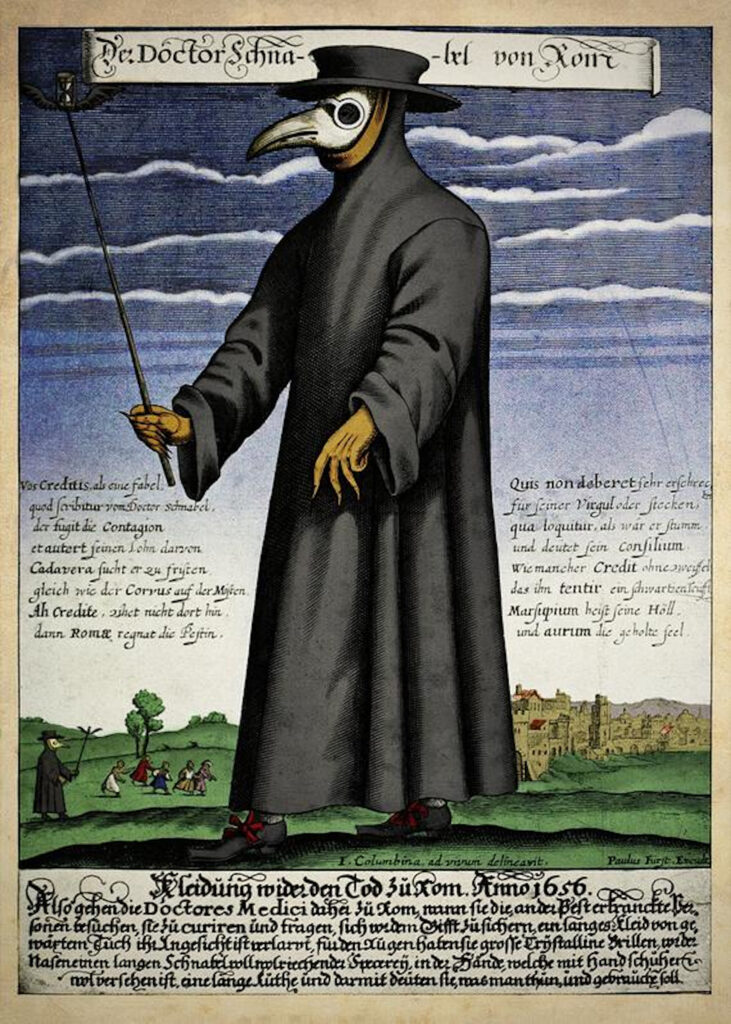Masks and face coverings are going to be essential accessories for the foreseeable future, but COVID couture can be a challenge. In study after study, face coverings have been shown to help slow the spread of COVID-19, but they have to fit right and stay on to be effective, and it helps if they are comfortable enough to wear for extended periods.
During the first weeks of the pandemic, an army of volunteers sewed masks to help provide emergency backup for medical professionals left without personal protective equipment. Then, the Center for Disease Control reversed its original decision that masks were not necessary for the public and recommended that everyone wear a mask. Stores experienced a sudden run on fabric, interfacing, and elastic, as thousands of people dusted off sewing machines and set to work making face coverings.
New designs and design modifications for DIY masks are still appearing and recommendations for materials continue to evolve, but densely woven cotton fabric popular for quilting remains at the top of the list of fabrics for mask making.

Bird-beaked plague masks really were a thing in the 17th century. We know a lot more about how viruses are transmitted today, but a mask can still help prevent transmission. Image: copper engraving of “Doctor Schnabel,”—Doctor Beak—in Rome, c. 1656, courtesy of Wikimedia Commons.
A recent study lead by Abhiteja Konda at the Center for Nanoscale Materials, Argonne National Laboratory, Illinois, and published in Nano, the journal of the American Chemical Society, found that cotton “performs better at higher weave densities (i.e., thread count) and can make a significant difference in filtration efficiencies,” but only if the mask fits the wearer. The study found that gaps caused by poorly fitting masks can result in a more than 60 percent decrease in the filtration efficiency.
It is important that the mask fully cover the nose, mouth and chin, without gapping or slipping. If elastic ear loops are uncomfortable, Strips of t-shirt material are a readily available alternative—softer and more adjustable than elastic. Shoelaces or ribbon that tie round the back of the head are another option. It’s easy to add a few extra stitches or a couple of safety pins to adjust the fit.
Reusable masks should be washed after every wearing. Having extra clean masks on hand for every member of the family is a good plan. Make sure to choose fabrics that can survive multiple trips through the washer and dryer. A number of commercially available masks that we looked at are marked hand wash only.
It’s important not to touch the mask once it is on, and to wash one’s hands after handling a used mask.
A scarf or bandana isn’t as effective as a fitted mask, but it can still be helpful. It’s amazingly easy to drop a mask, and a scarf or bandana is a great emergency backup. Konda’s study found that four layers of silk wrapped around the face can be almost as effective as a cotton mask. A 24-inch x 24-inch square of quilting cotton is an easy no-sew option that offers better protection than typical bandana material. An elastic hair tie in addition to a knot can help close gaps and keep the cloth in place.
Protecting ourselves and our neighbors from ourselves is serious, but the masks used to do it don’t have to be—fun or beautiful fabric can make the mask wearing experience more pleasant. No matter what the material, a mask has to fit well, and be something that we remember to take with us and wear when we head out the door.

If you are planning to make your own, look for designs that offer clear instructions and that come in different sizes or can be easily scaled. We tried half a dozen patterns, these were our favorites: www.lakdawalla.com/emilysmask/ pattern designed by planetary scientist Emily Lakdawalla. www.prettyhandygirl.com/best-fit-facemask/ This pattern, designed by artist and general contractor Brittany Bailey, has an optional pocket for an extra filter.

The Olson mask was designed by medical professionals and is one of the most popular designs. Here are step-by-step instructions: www.sewcanshe.com/blog/simple-step-by-step-tutorial-for-the-olson-mask-pattern
Buy some fabric: We like www.hawthornesupplyco.com, a small fabric company in upstate New York that prints many of its own designs and specializes in whimsical and colorful patterns. For “fat quarters,” pre-cut bundled quarter yards for quilting that are handy for mask making, try www.southernfabric.com, a family owned company headquartered in Georgia.
For undyed silk and cotton, including scarves and yardage, try www.dharmatrading.com
Topanga Homegrown in Pine Tree Circle has a good local selection of scarves and other COVID couture essentials, like pants with pockets, check out: www.facebook.com/topangahomegrown/
Commercially available masks
Many local shops and businesses are selling masks. Check locally first.
Santa Ana surfing company Birdwell makes a $19.95 mask from their celebrated surf trunk material. The company will donate one mask for every mask purchased. www.birdwell.com
Venice Beach-based Onzie Yogawear is selling two comfortable well-designed masks for $24. www.onzie.com
Disney masks are a child-friendly choice. They come in adult and child sizes in classic cartoon, Star Wars and Marvel themes, $20 for four. www.shopdisney.com
Malibu-based Jackapotamus makes organic cotton masks in adult and child sizes. $20. www.etsy.com/shop/Jackapotamus





